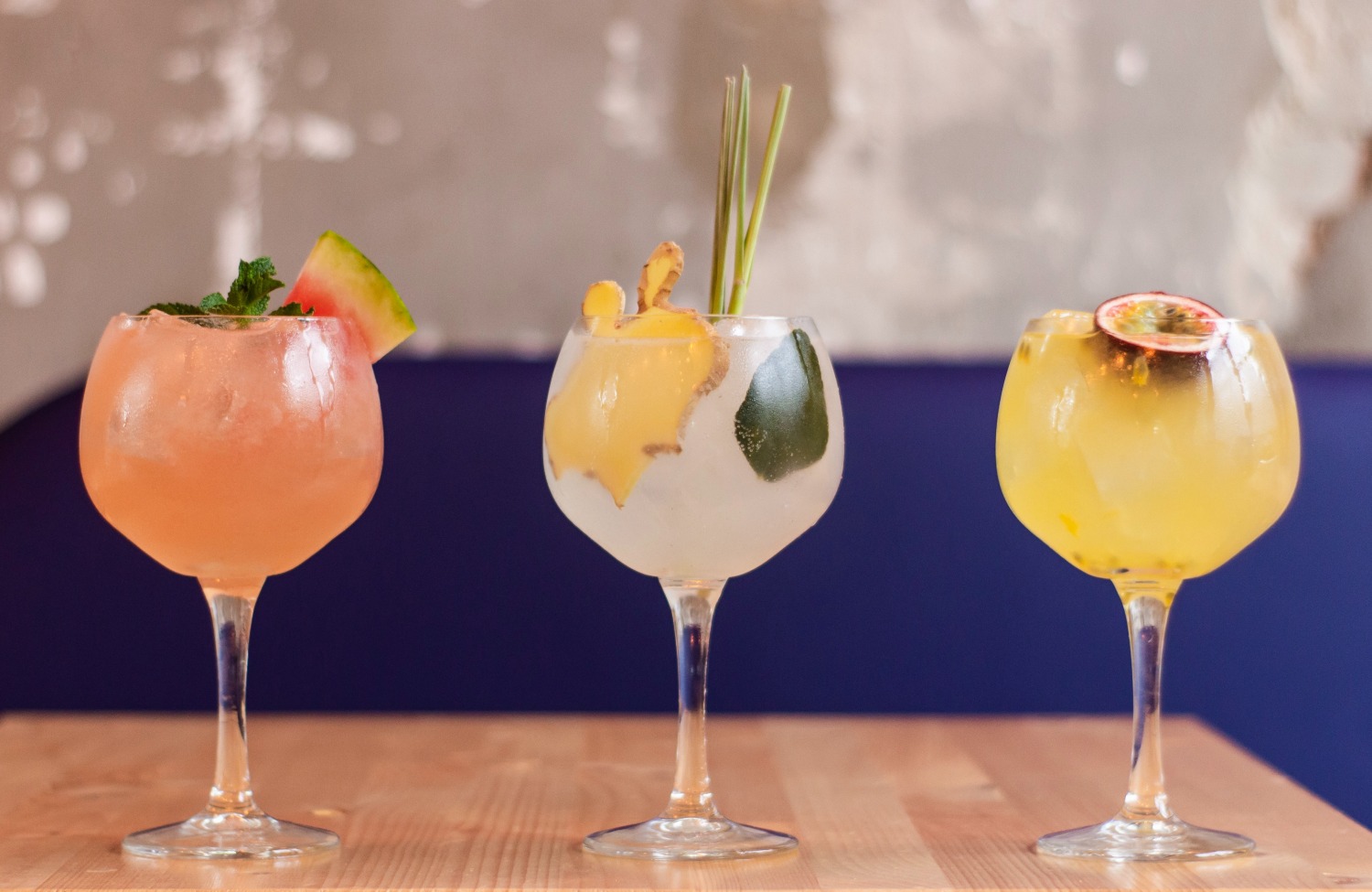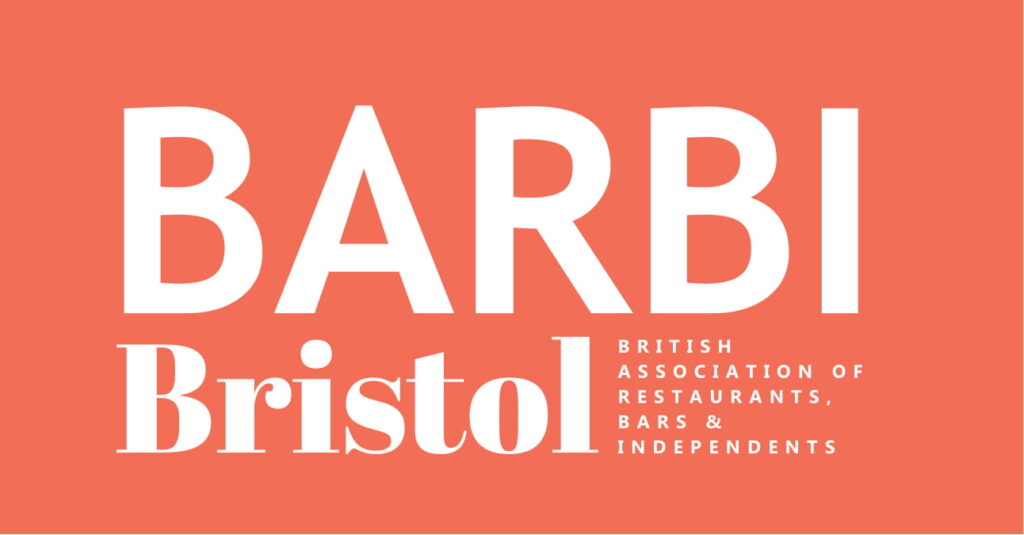How UK bars can celebrate World Gin Day
In recognition of World Gin Day, the annual celebration of gin by ginthusiasts and ginerds, NDML has put together a whistle-stop tour covering the origin of gin, its recent renaissance and rediscovery by landlords and the general public, and its promising future. Gin has a rich history with ties to art and national culture, however it’s the drink’s flexibility in flavour and taste which has aided a modern resurgence. Gin seems to balance the history of brandy with the universality of vodka – to be recently polled as the UK’s favourite spirit.
Join NDML as we raise our glasses to World Gin Day and adventure through the origin, rediscovery and future of gin within our pubs and clubs.

What is gin? What is the orgin of gin?
Gin is a spirit distilled from juniper. Its origin dates back to the 16th century when it was used as a medicine across Europe. Although 11th century Benedictine monks did infuse wine with juniper, the first distinct gin spirit was made by Dutch physicians as a kidney treatment. A juniper cordial was recognised as a cure-all through the Black Death, as plague doctors stuffed their beaks with juniper, but it’s the Dutch product which is more akin to present-day gin – also known as Dutch courage because the liquor was drank before battle.
London and the UK played a special role in the history of gin, the drink subject to huge taxation and distilleries monopolising the product. It’s relative affordability, cheap street gin vendors and illegal botanists caused a wide variety of gins to be sold, one being the now-famous London Dry Gin. The drug crazed poverty of the 18th century saw the government encourage distilling and ‘dram shops’, with around 10 million gallons of gin distilled in London alone.
Taxation on gin fuelled the British Empire’s endeavours; whereas gin’s partner, tonic water, protected the Empire’s men. Quinine power, the essential ingredient of tonic water, was taken regularly by overseas British as it provided a natural resistance to malaria. Schweppes monopolised the commercial sale of tonic water in 1870, and gin’s image of an illustrious vice morphed into the more respectable, healthy morning Gin & Tonic.
Winston Churchill noted “Gin and tonic has saved more Englishmen’s lives, and minds, than all the doctors in the empire.” (Perhaps the first and most famous celebrity endorsement of any spirit).
What is the Gin-aissance?
Though popular during the prohibition era, gin very much fell out of favour after the world wars. “It represented all that was wrong with the past, the austerity of the post-war years,” says Jake F. Burger, from Portobello Road’s The Distillery. Cocktail drinking was seen as far too American, not suited to the British pub culture. Only prevalent in hotels, cocktails regularly came pre-mixed – and short of the odd martini – rum, vodka or whiskey were the more popular straights.
Many see the turning point as the launch of Bombay Saphire in the 1980s. More money and public wealth meant more interest in high-end spirits. The lightening of the general public mood post-80s also came with a lightening of the palette. A new generation of consumers, sold on the nostalgia of halcyon days, would shy away from whisky and other heavier spirits, instead looking for a sweeter beverage.
Gin is by nature a botanical drink, great for cocktails, easily flavoured, far softer to drink. Therefore, as bartending became a well-standing profession, and cocktail culture boomed, so too did gin’s popularity. Gin sales in the UK have tripled in less than a decade. The latest statistics show Britons spent £460m on the spirit in 2017, a three-fold increase in sales from 2009. The UK is now home to 315 distilleries, more than double the number five years ago.
The Future of Gin for Bars, Pubs and Clubs
Gin’s success will be measured by how well it fits into the drinking trends of today’s consumers.
Sustainability is a huge national topic, and gin distilleries have been finding ways to make their product more environmentally friendly. From sustainable ingredients to plastic-less packaging, landlords can advertise this to their consumers as the more sustainable drink of choice.
CBD oil and tonics are all the rage, with the CBD market being valued at almost £1 billion by 2025. Gin is the perfect mixer for any cannabis-component tipples; we expect many mixologists to be using the soft universality of gin to their benefit.
Retro and nostalgia has been tangible ever since the pandemic. And with so many traditional cocktail recipes holstering a gin component, we would suggest upmarket bars and venues stock up. Experiment with the most well-known cocktails, or put your own spin on a classic. Finding something that makes waves, because for bars and pubs right now, every little boost is welcome.

What bar owners and pub landlords can do this gin day?
Adopting a few of these trends this World Gin Day can bring landlords great fortune, this month and beyond. The weather this summer is supposed to be glorious, the perfect accompaniment to a beer garden gin spritz perhaps! Whether it’s making a new cocktail, pushing the G&Ts or hosting a tasting session, let’s celebrate this wonderful juniper-laced spirit in all its glory!
Whether its opening up a beer garden or taking increased stock, landlords should always check with their insurance broker. At NDML we provide expert guidance to our club, bar and pub clients, as well as updates on legislation and trends.







